Slipping and falling accidents are common occurrences in kitchens, and slippery tiles can exacerbate the risk. As a business owner or homeowner, it is essential to understand the factors that contribute to slippery tiles in the kitchen and implement preventive measures to ensure a safe environment. This article will discuss the causes of slippery kitchen tiles and offer practical solutions to minimize accidents. 1. Identify the Causes: a. Poor maintenance: Neglecting routine cleaning and maintenance can lead to the accumulation of grease, oil, or water on the tiles, making them slippery. b. Inadequate traction: Certain types of tiles, such as those with a glossy finish or smoother texture, are more prone to being slippery when wet. c. Improper installation: Unevenly laid tiles or incorrect grout application can create uneven surfaces, further increasing the risk of slips and falls.
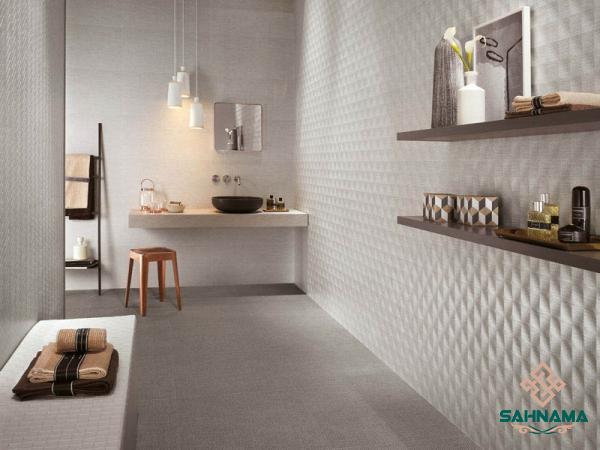
.
 2. Select Appropriate Tile Materials: Opting for slip-resistant tiles is a proactive approach to minimizing the risk of accidents. Porcelain and natural stone tiles, such as slate or textured ceramic tiles, are excellent choices due to their natural grip and increased traction when wet. 3. Implement Regular Cleaning and Maintenance: a. Clean spills immediately: Promptly clean up any water, oil, or food spills from the kitchen floor to prevent accidental slipping. b. Use non-slip cleaning products: Choose cleaning solutions specifically formulated for tiles to ensure effective cleaning without leaving any residue that could contribute to slippery surfaces. c. Maintain a regular cleaning schedule: Establishing a routine cleaning schedule for the kitchen floor helps to prevent the accumulation of dirt, grease, and other substances that may make the tiles slippery.
2. Select Appropriate Tile Materials: Opting for slip-resistant tiles is a proactive approach to minimizing the risk of accidents. Porcelain and natural stone tiles, such as slate or textured ceramic tiles, are excellent choices due to their natural grip and increased traction when wet. 3. Implement Regular Cleaning and Maintenance: a. Clean spills immediately: Promptly clean up any water, oil, or food spills from the kitchen floor to prevent accidental slipping. b. Use non-slip cleaning products: Choose cleaning solutions specifically formulated for tiles to ensure effective cleaning without leaving any residue that could contribute to slippery surfaces. c. Maintain a regular cleaning schedule: Establishing a routine cleaning schedule for the kitchen floor helps to prevent the accumulation of dirt, grease, and other substances that may make the tiles slippery.
..
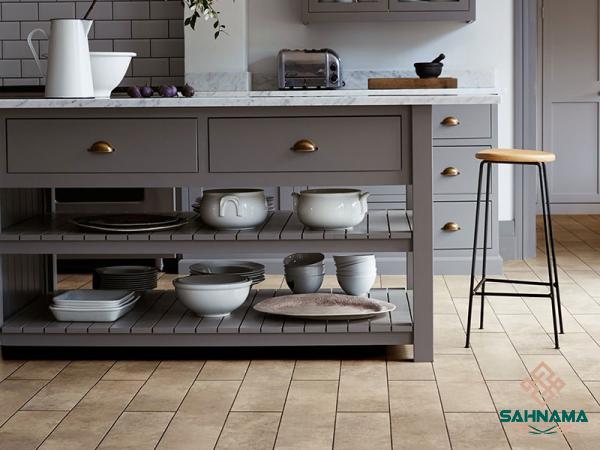 4. Enhance Traction: a. Apply anti-slip treatments: Consider applying anti-slip treatments or coatings to the kitchen tiles. These products improve traction by creating a slightly textured surface, making the tiles safer to walk on even when wet. b. Use mats and rugs: Place non-slip mats or rugs in areas prone to spills, such as near the sink or stove. These mats provide extra traction and absorb moisture, reducing the risk of slipping. 5. Ensure Proper Installation: a. Hire professional installers: Engage certified and experienced installers who are familiar with proper tile installation techniques. This ensures that the tiles are laid evenly and securely, reducing the possibility of tripping or slipping. b. Grout maintenance: Regularly inspect and maintain the grout between tiles.
4. Enhance Traction: a. Apply anti-slip treatments: Consider applying anti-slip treatments or coatings to the kitchen tiles. These products improve traction by creating a slightly textured surface, making the tiles safer to walk on even when wet. b. Use mats and rugs: Place non-slip mats or rugs in areas prone to spills, such as near the sink or stove. These mats provide extra traction and absorb moisture, reducing the risk of slipping. 5. Ensure Proper Installation: a. Hire professional installers: Engage certified and experienced installers who are familiar with proper tile installation techniques. This ensures that the tiles are laid evenly and securely, reducing the possibility of tripping or slipping. b. Grout maintenance: Regularly inspect and maintain the grout between tiles.
…
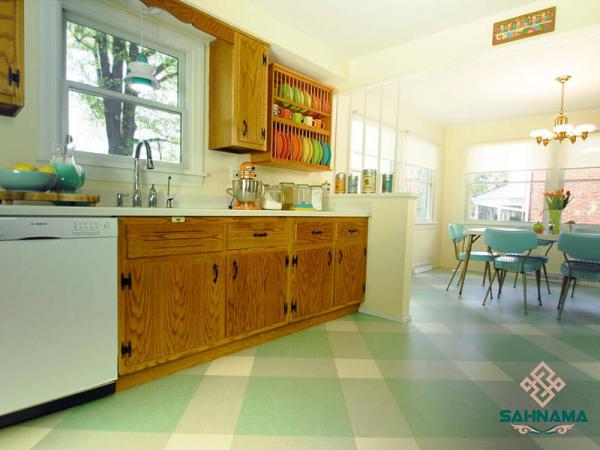 Promptly repair any cracks or gaps, as they can trap water and pose a slipping hazard. Conclusion: Addressing the issue of slippery kitchen tiles requires a proactive approach that encompasses proper tile material selection, regular cleaning and maintenance, the appropriate use of non-slip coatings, and ensuring proper tile installation. By implementing these strategies, business owners and homeowners can significantly reduce the risk of accidents and create a safe environment for everyone in the kitchen. Remember, prevention is always better than dealing with the consequences of an avoidable accident.
Promptly repair any cracks or gaps, as they can trap water and pose a slipping hazard. Conclusion: Addressing the issue of slippery kitchen tiles requires a proactive approach that encompasses proper tile material selection, regular cleaning and maintenance, the appropriate use of non-slip coatings, and ensuring proper tile installation. By implementing these strategies, business owners and homeowners can significantly reduce the risk of accidents and create a safe environment for everyone in the kitchen. Remember, prevention is always better than dealing with the consequences of an avoidable accident.

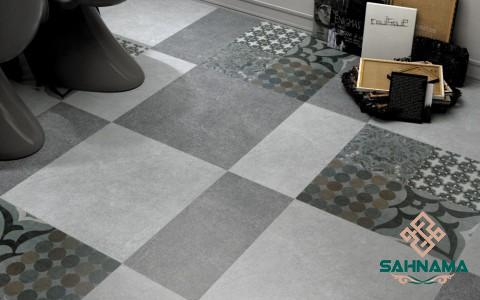

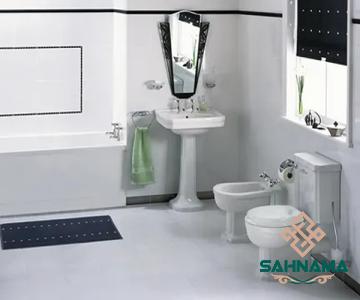
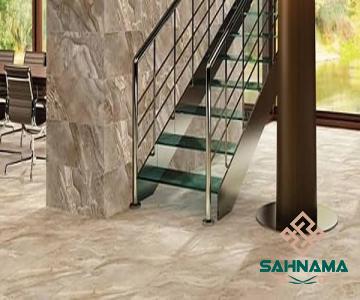

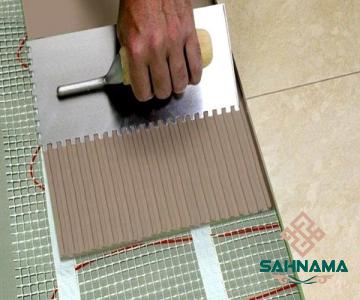

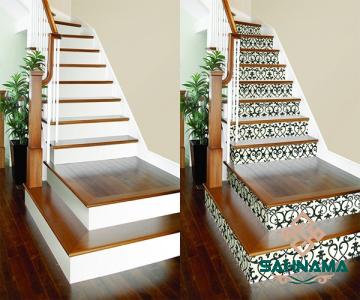


Your comment submitted.